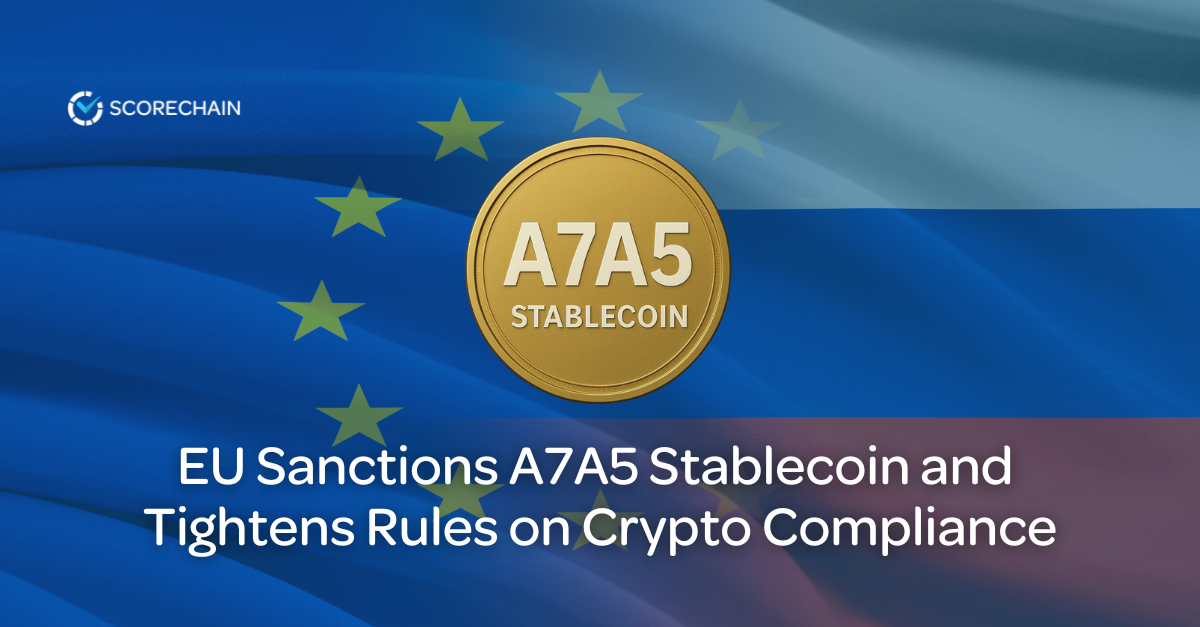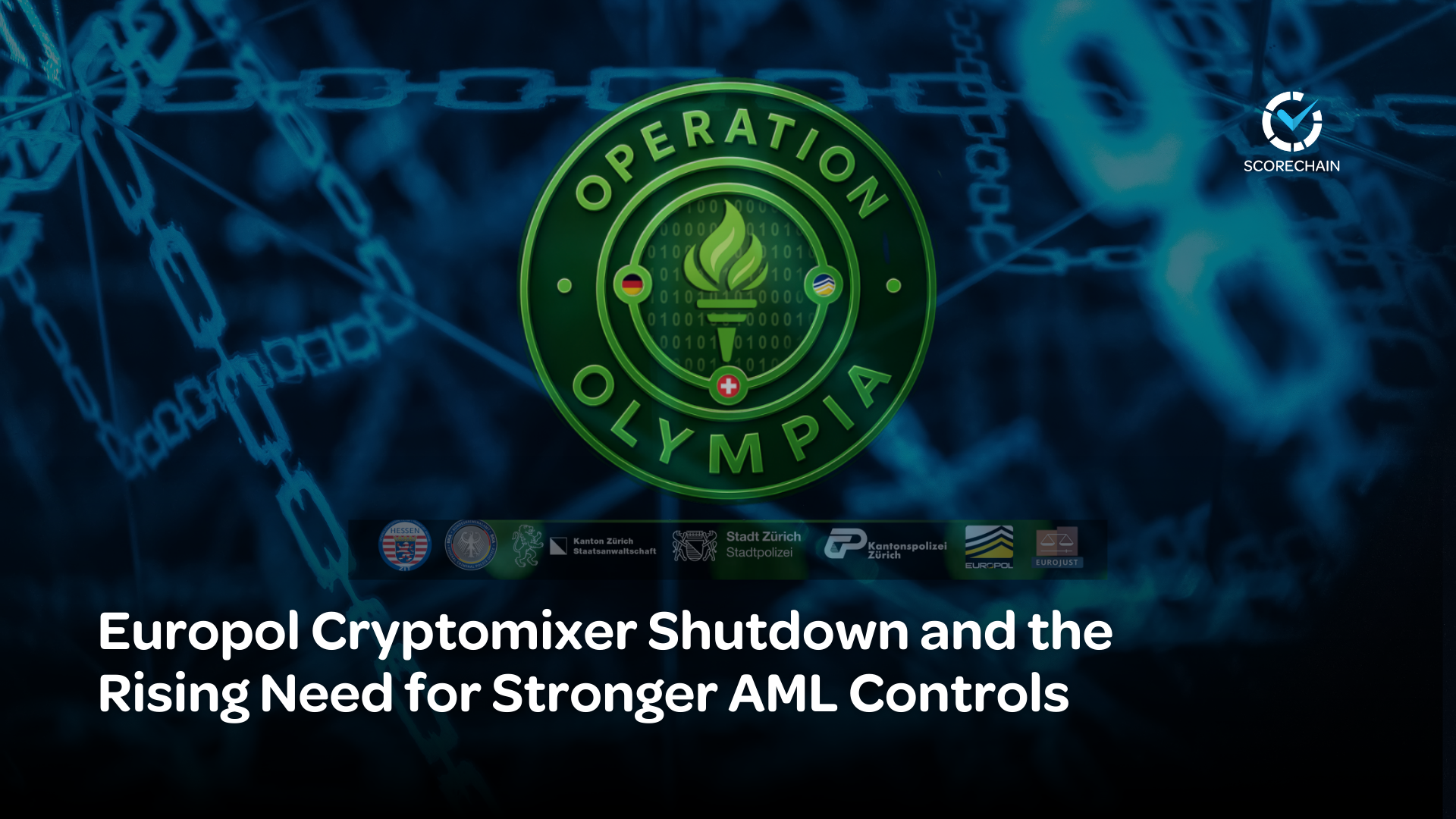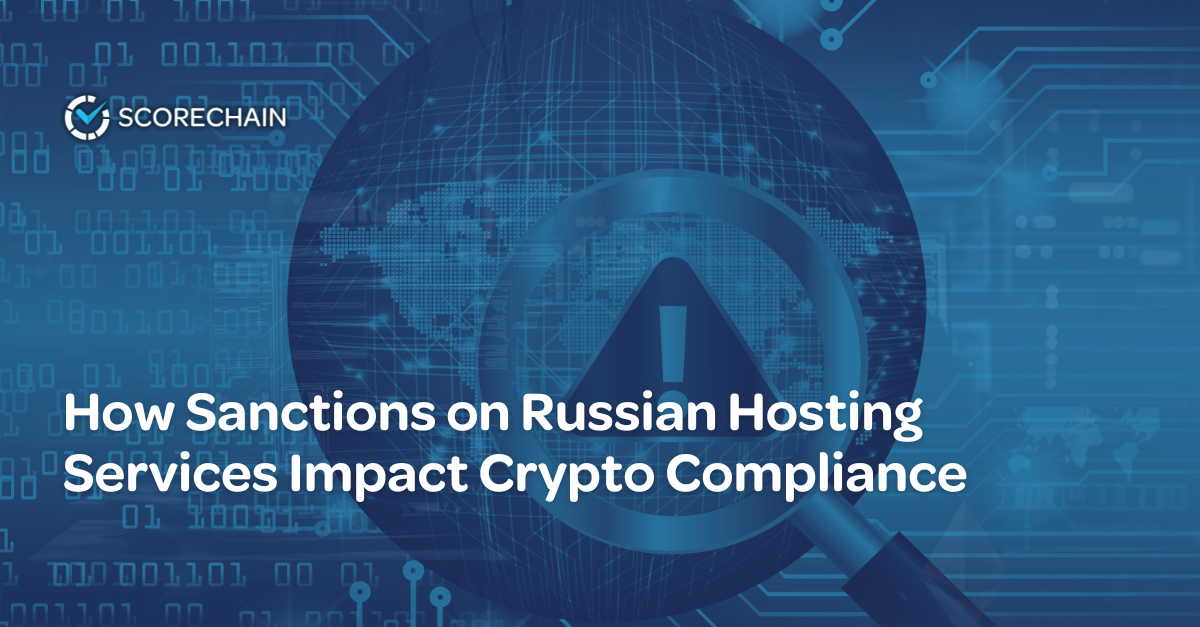The European Union has introduced a new wave of sanctions against Russia, this time extending its reach to the digital asset ecosystem. The latest package, adopted on 23 October 2025, marks the first time the EU has formally sanctioned a cryptocurrency and its associated infrastructure.
At the center of the new measures is the A7A5 stablecoin, a ruble-pegged digital asset developed by a Moscow-based team and circulated across offshore exchanges. EU officials said the token had been used to facilitate cross-border transactions that bypassed traditional banking restrictions, undermining previous financial sanctions.
The European Commission has now banned all transactions involving the A7A5 token, its issuer, developer, and affiliated platforms. The restrictions also apply to Russian-linked exchanges Grinex and Garantex, which have been added to the sanctions list for enabling crypto transfers between sanctioned entities. The move signals the EU’s intent to close remaining gaps in enforcement and strengthen oversight of digital financial channels.
Early Risk Detection in Crypto Compliance
The sanctioned elements identified by the EU were already being tracked by Scorechain’s blockchain analytics and compliance tools. The A7A5 token contract on Ethereum, as well as related Grinex and Garantex wallet clusters, were added to the platform’s risk monitoring system on 14 August 2025, ahead of today’s announcement.
This proactive integration reflects the growing importance of real-time blockchain compliance monitoring for institutions subject to European and international sanctions frameworks. By flagging suspicious or high-risk assets early, compliance teams can reduce exposure to sanctioned digital ecosystems before official listings are updated.

The Growing Role of Digital Assets in Sanctions Enforcement
The inclusion of A7A5 in the EU sanctions regime represents a turning point in global financial regulation. For years, stablecoins and blockchain networks operated outside the scope of traditional sanctions tools. The new measures indicate that regulators now view digital assets as integral to the financial system and therefore subject to the same legal scrutiny.
Financial institutions and virtual asset service providers within the EU are now required to update their risk models to include the newly sanctioned token and entities. Transactions involving A7A5 must be screened and reported under the same compliance standards that apply to fiat operations.
Broader Sanctions Context and Regulatory Impact
The crypto-focused measures are part of the EU’s 19th sanctions package against Russia, which also includes restrictions on liquefied natural gas imports, new listings of Russian financial institutions, and expanded controls on dual-use technology. Together, these steps underscore Europe’s strategy to limit Russia’s financial resilience and technological access amid the ongoing conflict in Ukraine.
For the blockchain sector, the EU’s move reinforces the need for advanced transaction tracing and sanctions screening solutions. As digital assets become more deeply intertwined with traditional finance, regulatory compliance now extends across both domains.
The formal designation of the A7A5 stablecoin shows that sanctions enforcement has entered a new era where crypto assets are treated with the same level of regulatory precision as conventional currencies. Platforms that integrate early detection and automated risk mapping, such as Scorechain, will play a crucial role in helping institutions maintain compliance in an increasingly complex environment.
.png)



















